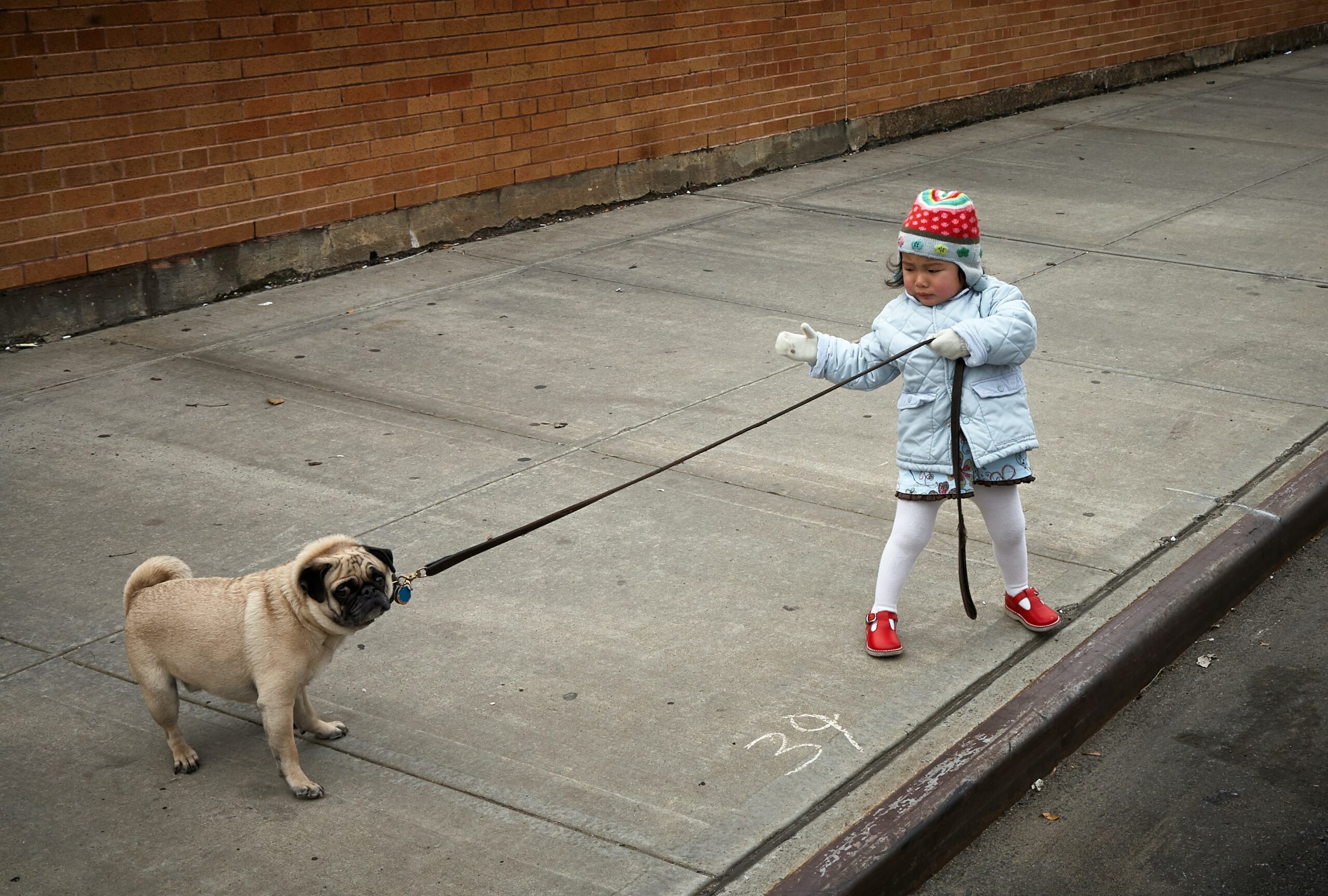
10 Jul Off-Leash Dog Training: Tips for Reliability
Off-Leash Dog Training: Tips for Reliability
Most dogs like running about and exploring the environment without a leash. For our cherished pooches, running freely in a field or along a route is liberating.
However, if your dog isn’t trained to be dependable when off-lead, it may also be quite hazardous. Even well-behaved dogs occasionally encounter difficulties.
So how can you teach your dog to respond to voice commands successfully when he is not on a leash? It needs extensive management, patience, consistency, and training.
I’ve successfully trained a lot of dogs to walk without a leash in specific situations. Many of my own dogs have competed in obedience shows. The dog needs to run free for a number of workouts.
What Is Off-Leash Training?
Off-leash training teaches your dog to accompany you on walks without a leash while still being under control. This training may be useful for strolling around cities or trekking through the woods, however it’s crucial to be aware of local leash rules because it’s often against the law to walk your dog off-leash in many communities. You should not take your dog off leash carelessly since it is a major duty. Off-leash dog training can be demanding and time-consuming, but done right, it can be liberating.
Best Off-Leash Dogs
The greatest off-leash dog breeds tend to be those that are most trainable. Since they were taught to obey hunting directions when off-leash, several breeds of good hunters perform well when off-leash. However, you might wish to avoid canines with a high prey drive.
According to your objectives, you’ll need to conduct some study. Do you want the greatest breed of dog for daily walks or for off-leash hiking? Based on trainability and prey drive, we suggest considering the following breeds:
- Australian Shepherds
- Border Collies
- German Shorthaired Pointers
- Golden Retrievers
- Labrador Retrievers
- Springer Spaniels
Although some breeds are more likely to be the simplest to teach off leash, a dog’s personality and the particular dog are far more important factors.
Basic Commands Off-Leash Dogs Should Know
All dogs should get training. It enables us to speak with our pets and explain our guidelines to them. Training with positive reinforcement also strengthens our relationship with our pets.
However, it is essential for an off-leash dog’s safety that some orders be consistently obeyed even in the presence of distractions.
Patience and consistency are necessary for training. Always wrap out the training session with a smile. Additionally, whenever you are training a command, always indicate success by exclaiming “YES!” (or clicking if you are using clicker training).
I like to teach all dogs how to respond to verbal cues for rewards because we may not always have a clicker with us.
Any freedom he may obtain must be less interesting and gratifying than your attention and encouragement.
Start teaching all of the aforementioned instructions in a quiet area of your house. Practice in a variety of locations.
Start practicing the command outside in your yard once your dog has mastered it without interruption indoors. Start practicing on your walks once your dog has proven himself trustworthy around your house.
You’ll eventually be able to train in novel environments, such as a field or hiking route. But before introducing higher-level distractions, be sure your dog is dependable with lower-level ones.
Use a long line of at least 20 feet, such as a cotton or nylon leash. You first want to cling to it.
To avoid hurting your dog, don’t let him run as fast as he can away from you. Hold the line at different lengths, releasing more slowly so that he is aware of his limitations.
When he is secured in a secure harness that he cannot remove on his own, you could also wish to do distance training. If you use a well fitted collar, take careful not to tug on his neck should he try to escape on it and get hurt.
You may merely have him drag the long line after you’re certain of his dependability so that you can grasp it if necessary. You should only do this in an area without any objects for the leash to tangle on, such as a yard or field.
Once he has shown himself on a long line of a standard weight, switch to a lighter (but still trustworthy) line. Then, demonstrate to your dog that you have removed the heavier long line and are now wearing only a lighter long line. This will demonstrate whether he can be relied upon for work off-leash.
Your workouts should last no more than 15 minutes. Just execute a handful of each command during each session, making sure you always come to a successful conclusion.
This training is all about giving you vocal control over your dog while he is not on a leash.
When practicing outdoors, ensure sure the space is securely surrounded by a barrier like a fence. Additionally, never train in close proximity to a crowded, congested place.









No Comments